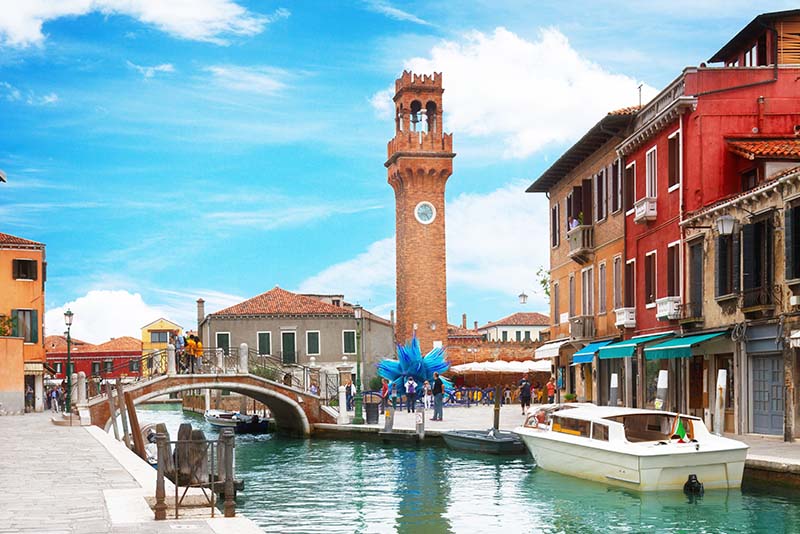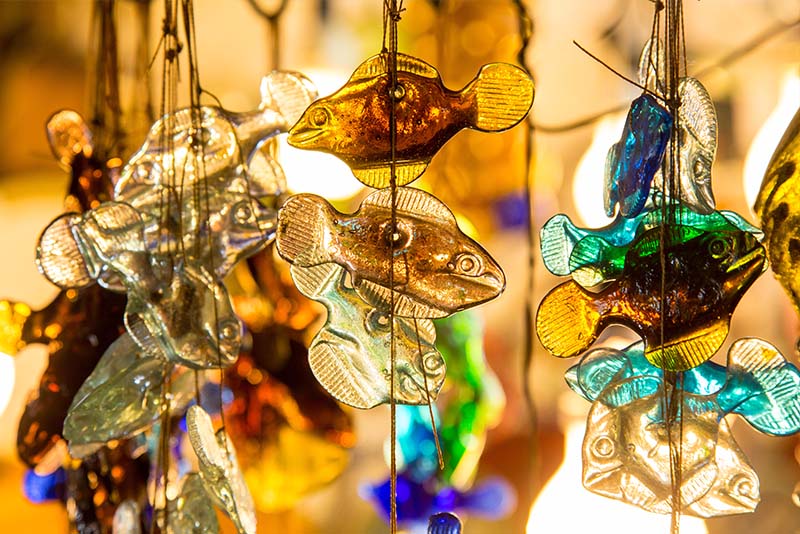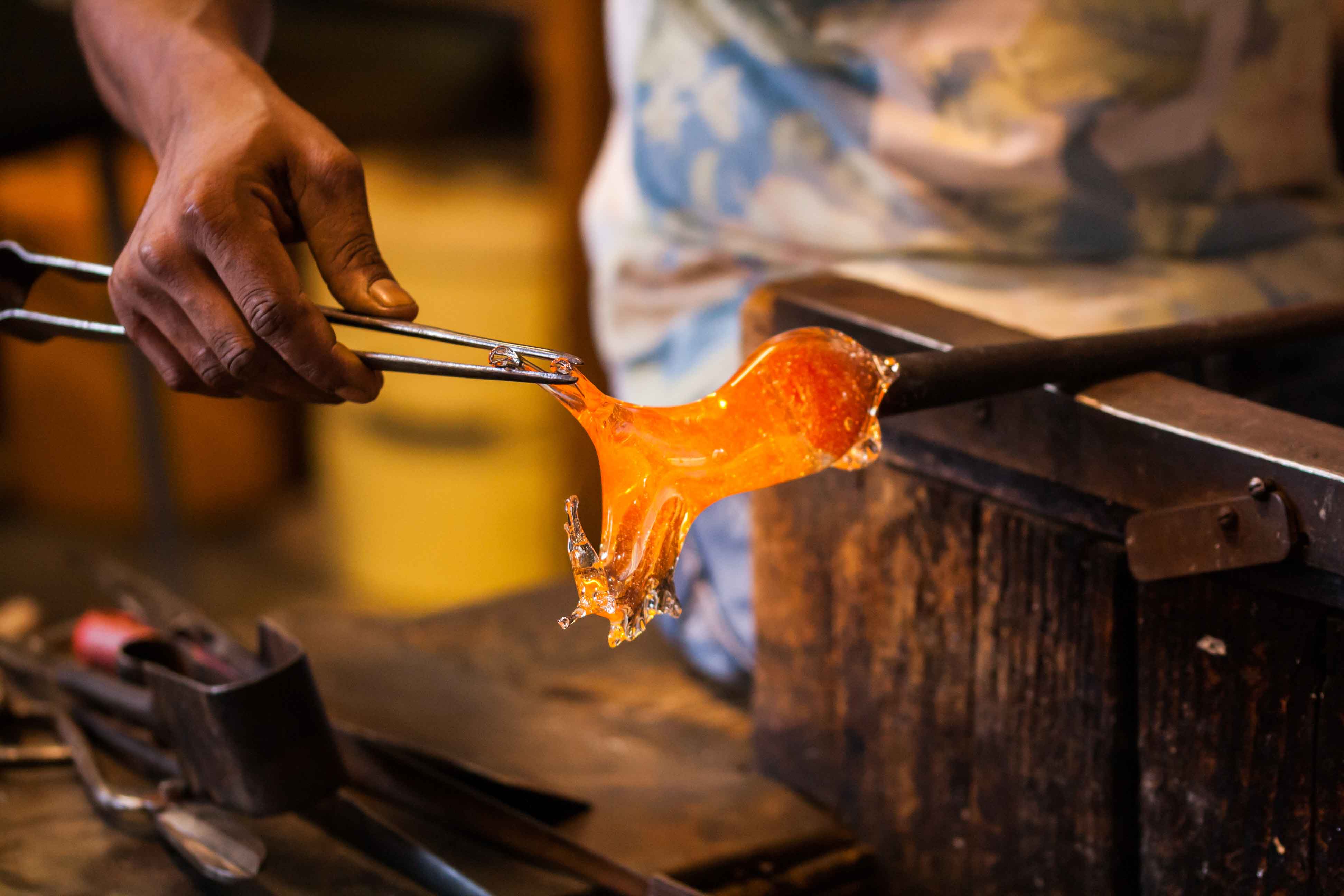The incredible history of Murano glass
From medieval times until the avant-guarde artistic techniques of the 20th century, Murano’s glass history is one of the greatest Italian artistic and artisan traditions. It’s a history made of communal objects turned masterpieces, that enrich houses to this day thanks to their beauty.

A millennial history
When we think of Venice, we imagine canals, gondolas and crystals, and for such a magical and suggestive city the history of Murano glass plays a fundamental role. The first documents about the history of Murano glass manufacturing date back all the way to 982, and even then almost all he glass artists had found their natural place on the venetian island, doing away with an age-old tradition of passing down knowledge from father to son. Although the history of Murano glass tells us that this period utilized the crafted objects exclusively for practical purposes, in ‘400 they became world acclaimed works of art. And in the middle of the century the production techniques were refined and the artifacts became even more elegant and delicate.
1605: a date to remember

The modern age
Murano glass history could not be what it is if it had not been for the eastern invention of glass blowing around I century a.C.. From here many new techniques have been developed, permitting the creation of ever more refined objects – such as, for example, Murano chandeliers, – that were so wonderful that every European royal court decorated their ceilings with these precious objects. The first was the sanctuary lamp (cesendello): an elongated hanging container that was used as a very sophisticated lighting system for centuries. But Murano glass history would have to wait until the “ciocca” was created the ‘700s before discovering the modern chandelier. These lamps – such as those by glass master Fernando Manfrin – with arms and colored glass elements have remained part of Muranese production to this day.
The sculpture
The sculpture is another object that immediately became part of Murano glass history. The ability to work a material that was so ductile yet difficult to manipulate, like the dough for incandescent glass, renders the degree of sophistication of some artistic works truly incredible. Today more than ever, small Murano glass sculptures are one of the most popular types of glass objects. Master Giorgio Giuman creates charming animals, master Mario Badioli creates colorful clowns and master Dimitri Cimarosto gives form to amazing hanging fish tanks. However, perhaps the oldest tradition in Murano glass history concerns every day objects, such as vases that are made extraordinary by the talent of master Alberto Donà, or the canone and murrina glass jewelry by Alessandro and Pietro Ragazzi.





